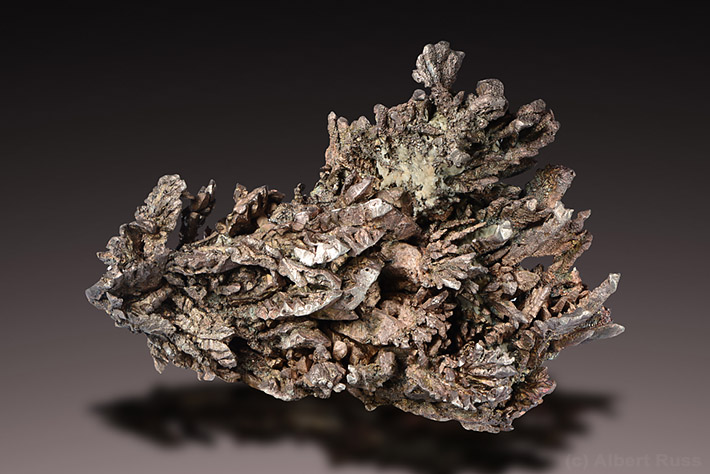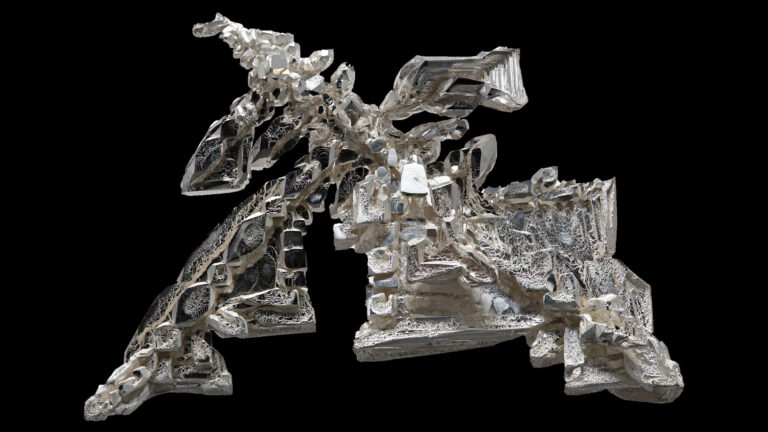The number of atoms in a sample of silver can be determined using Avogadro’s number, which is approximately 6.022×10 ^ 23 atoms per mole. The molar mass of silver (Ag) is approximately 107.87 grams per mole.
You can use the following formula to calculate the number of atoms:
Number of atoms = ( Mass of sample (g) / Molar mass of silver (g/mol)) × Avogadro’s number
For example, if you have 1 gram of silver: Number of atoms = atoms/mol )
Number of atoms=(1g / 107.87g/mol ) × (6.022×10 ^ 23 atoms/mol)
This calculation would give you the approximate number of silver atoms in the given sample.
What is Avogadro’s number and why is it important in chemistry?

Avogadro’s number, denoted as N A , is a fundamental constant in chemistry that represents the number of constituent particles (usually atoms or molecules) that are contained in one mole of a substance. It is approximately equal to 6.0221×10^23 mol⁻¹. This value is named after the Italian scientist Amedeo Avogadro.
Avogadro’s number is essential because it allows chemists to relate macroscopic quantities (such as mass or volume) of substances to the number of individual atoms or molecules in those samples. For example, the molar mass of a substance, expressed in grams per mole, is numerically equal to the atomic or molecular mass in atomic mass units (amu), and Avogadro’s number facilitates the conversion between grams and moles.
Additionally, it is used to determine the number of atoms, ions, or molecules in a sample, serving as a bridge between the microscopic world of individual particles and the macroscopic world of measurable quantities. Furthermore, Avogadro’s number is integral to the understanding of gas behavior, as it is employed to relate the volume of gasses at the same temperature and pressure to the number of moles, following the principles of the ideal gas law ( PV=nRT).
In summary, Avogadro’s number is a crucial concept in chemistry, enabling meaningful connections between the amount of substance (in moles), the number of individual particles, and the mass or volume of a sample.
How is the molar mass of silver determined and what is its significance?
The molar mass of silver (Ag) is determined by summing up the atomic masses of all the individual atoms in one mole of silver. The atomic mass of silver is found on the periodic table and is approximately 107.87 atomic mass units (amu).
The calculation for the molar mass (M) of silver is given by:
M Ag =Atomic Mass of Ag=107.87g/mol
The significance of molar mass lies in its role as a conversion factor between the mass of a substance and the number of moles it contains. It is expressed in units of grams per mole (g/mol). For silver, if you have a certain mass of silver, you can use its molar mass to determine the corresponding number of moles using the formula:
Number of Moles= Given Mass / M Ag
Conversely, if you know the number of moles of silver, you can use the molar mass to find the mass of the sample:
Mass=Number of Moles×M Ag
This relationship is crucial in various chemical calculations, including determining reactant and product quantities in chemical reactions, understanding stoichiometry, and performing conversions between mass and moles. The molar mass of an element is a key parameter in these calculations, providing a link between the microscopic world of atoms and the macroscopic world of measurable quantities.
FAQ’s
Does silver have atoms?
Yes, silver consists of atoms. It is composed of silver atoms.
Is silver a pure atom?
No, silver is not a pure atom. It is an element made up of multiple silver atoms.
Do all silver atoms have 47 electrons?
No, silver atoms have 47 electrons only if they are neutral. Silver ions may have a different number of electrons.
Why is silver called Ag?
The name “silver” comes from the Anglo-Saxon word “seolfor,” and the symbol “Ag” is derived from the Latin word “argentum.”
What atoms is silver made of?
Silver is made of silver atoms. Each silver atom has 47 protons, 47 electrons, and a variable number of neutrons.
Why is gold called AU?
The symbol “AU” for gold is derived from the Latin word “aurum,” which means gold.
Final Words
We learned about counting atoms in silver. Avogadro’s number is like a special code for atoms, and silver has a molar mass of about 107.87 g/mol. We use a simple formula with the sample’s mass, silver’s molar mass, and Avogadro’s number to find out how many atoms are in the sample.
This helps us understand tiny atoms and how they work together in chemistry. So, it’s like having a secret code to peek into the world of tiny things!

